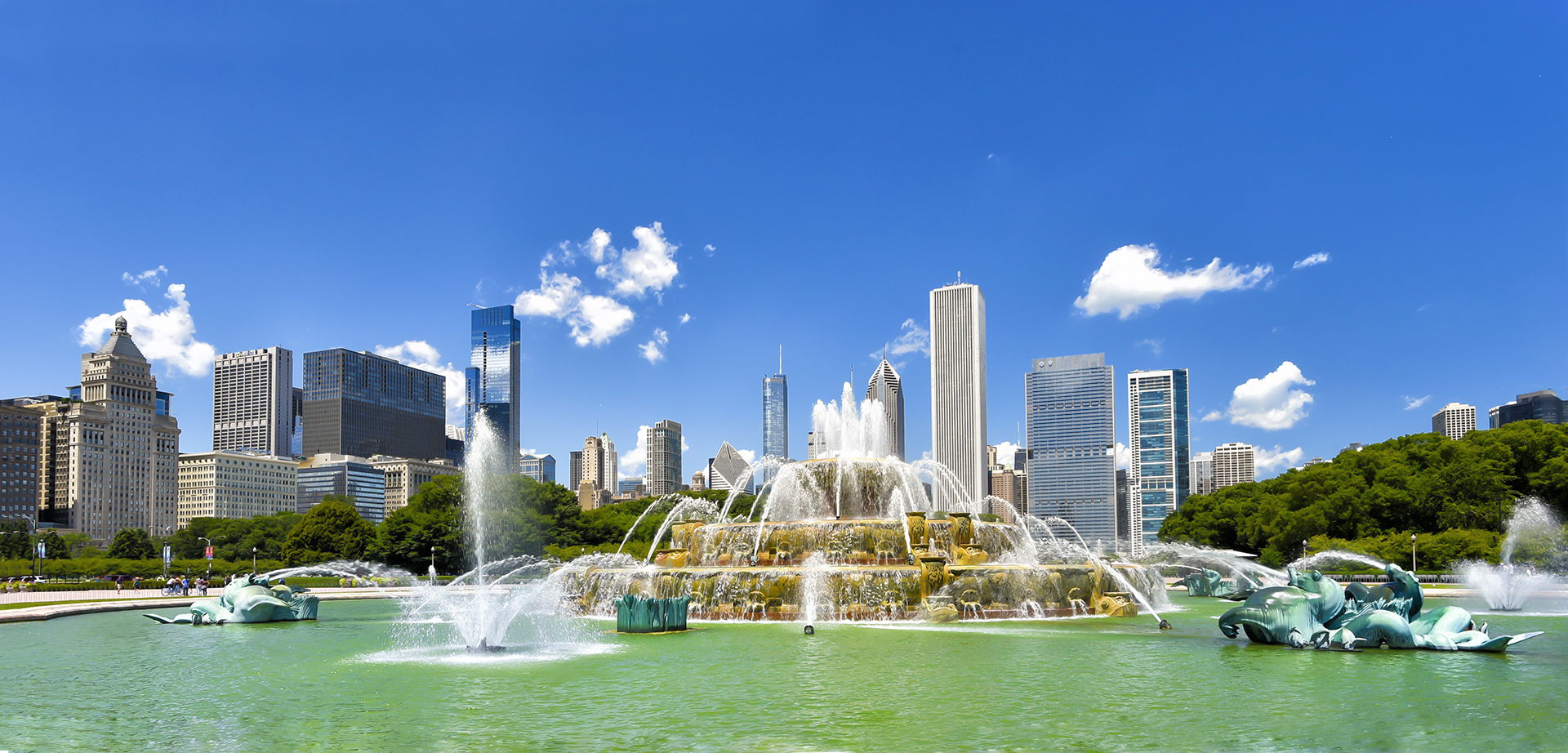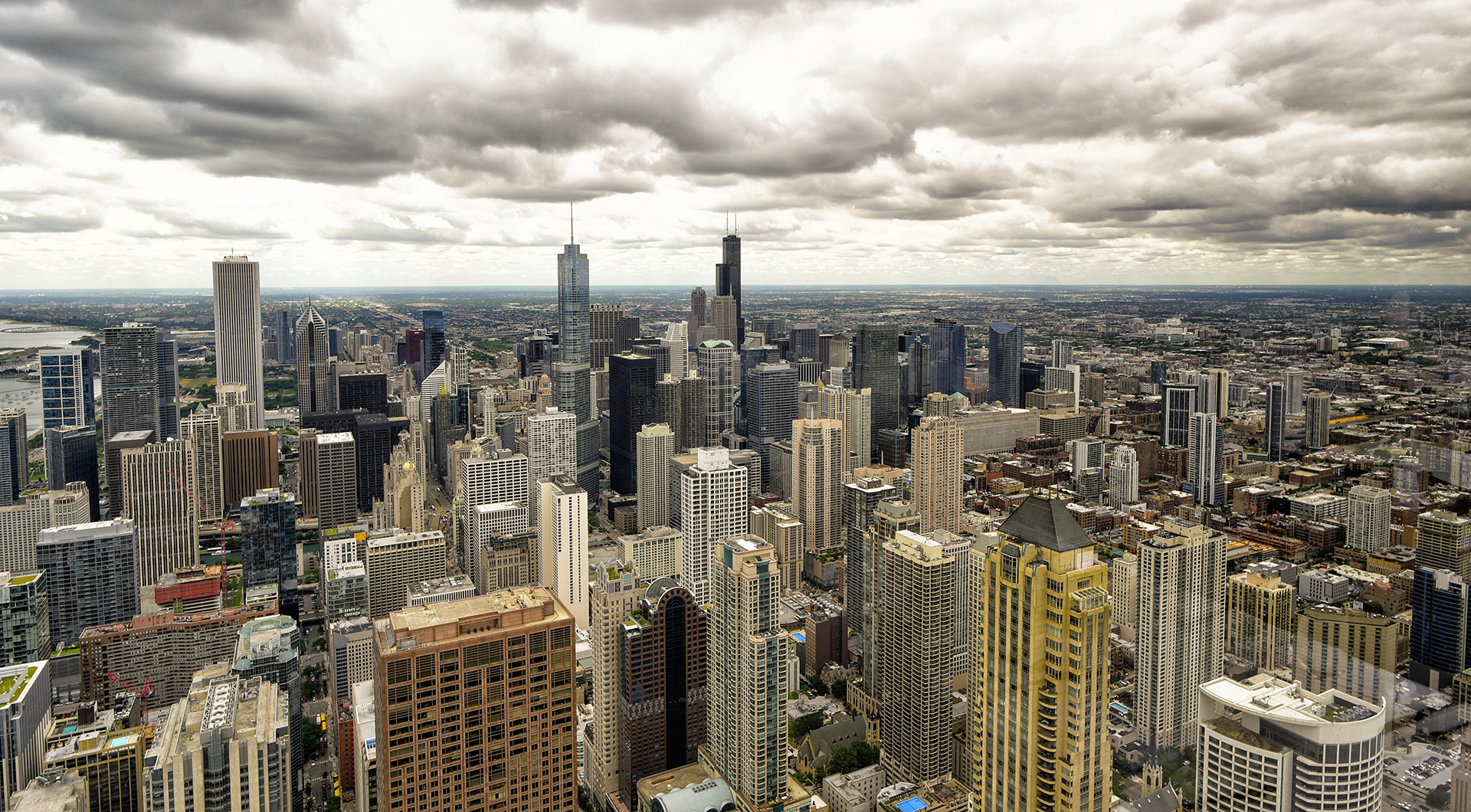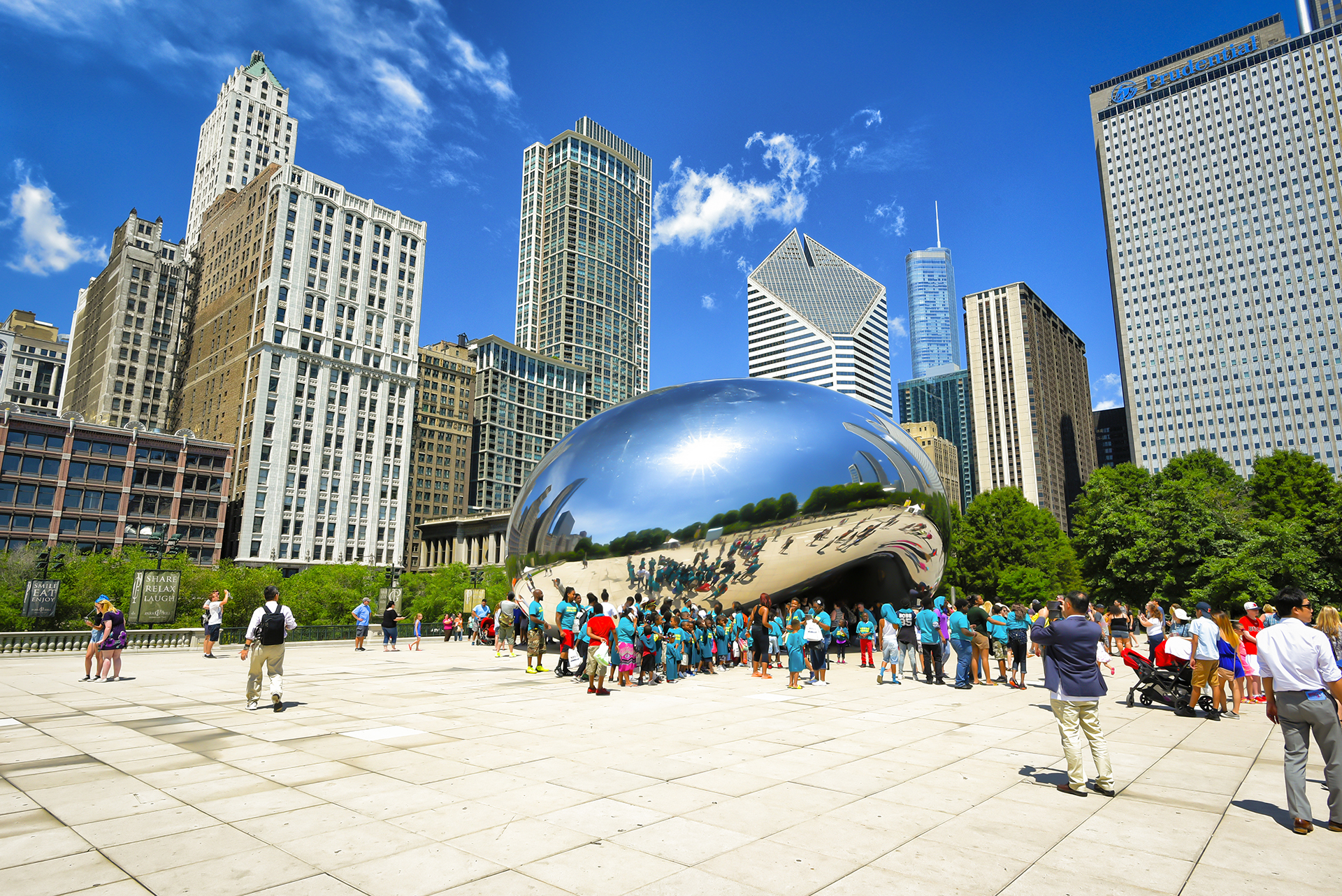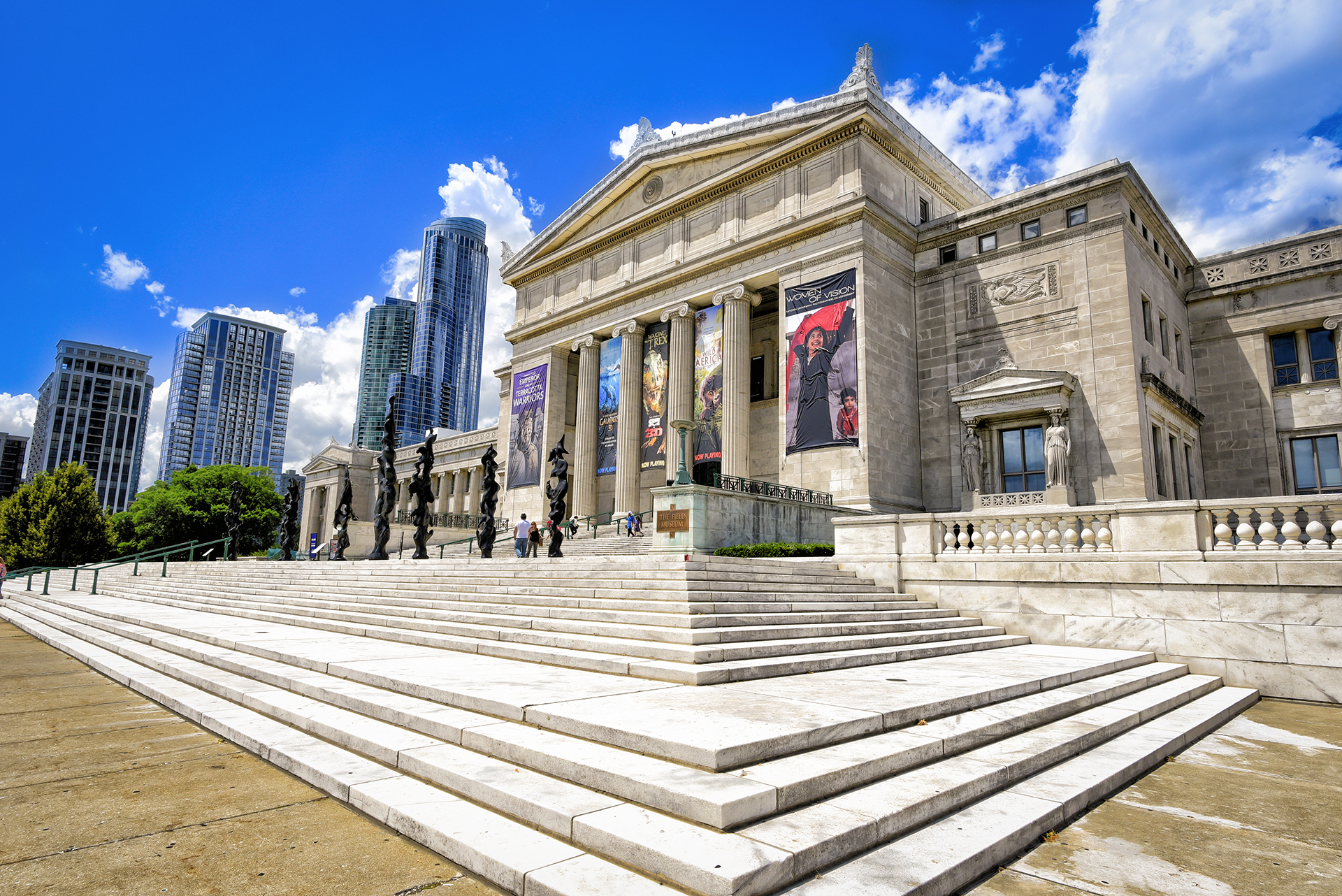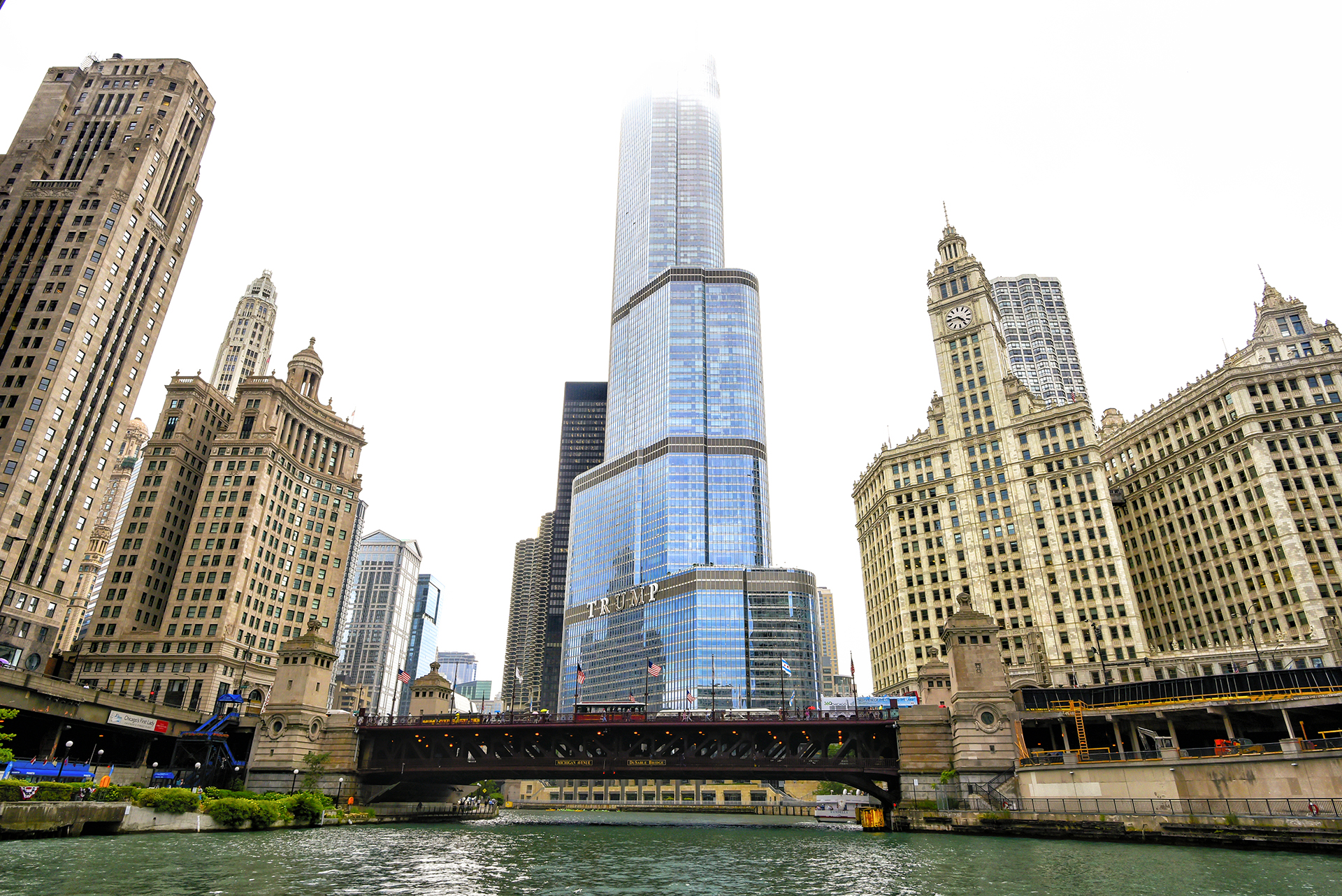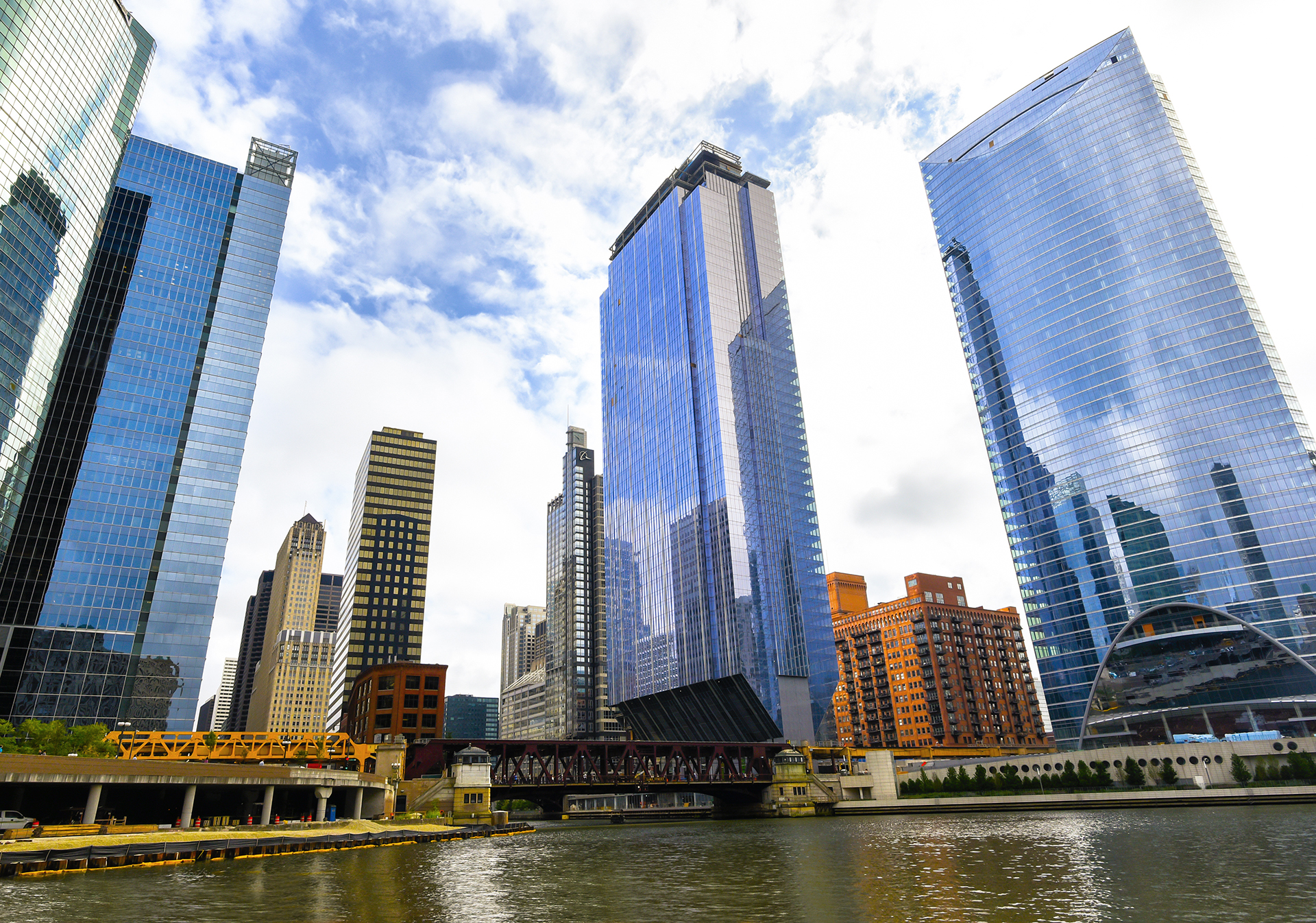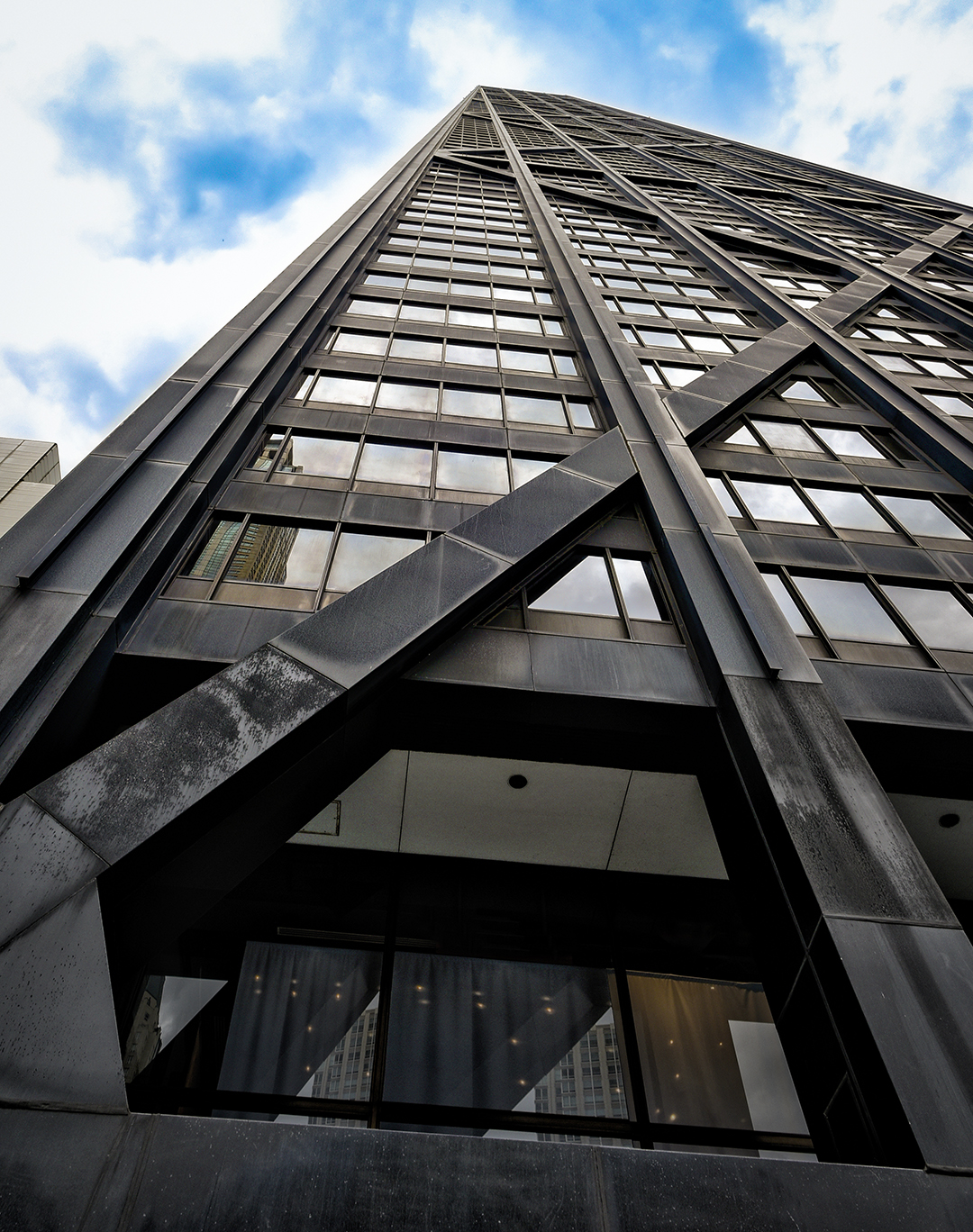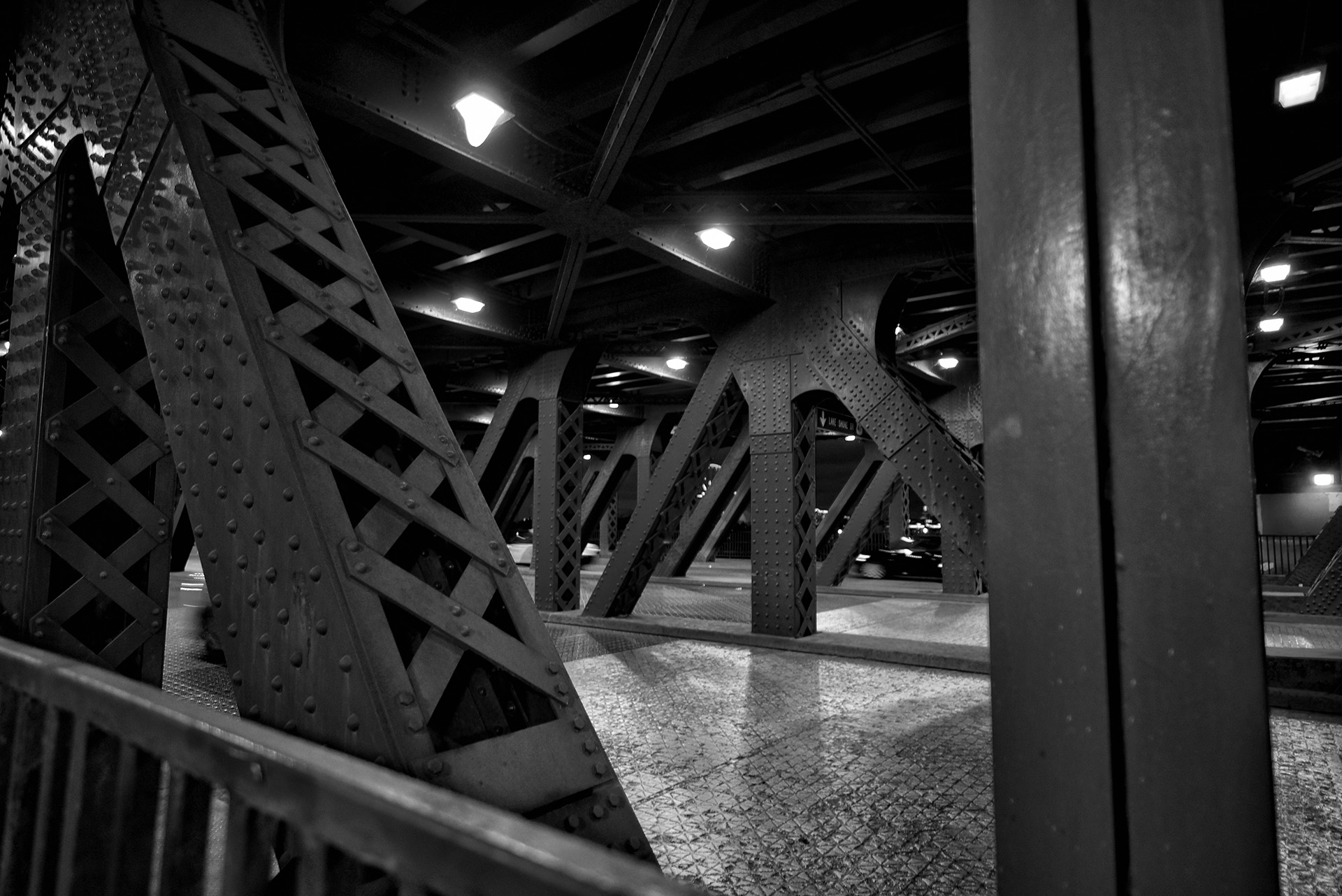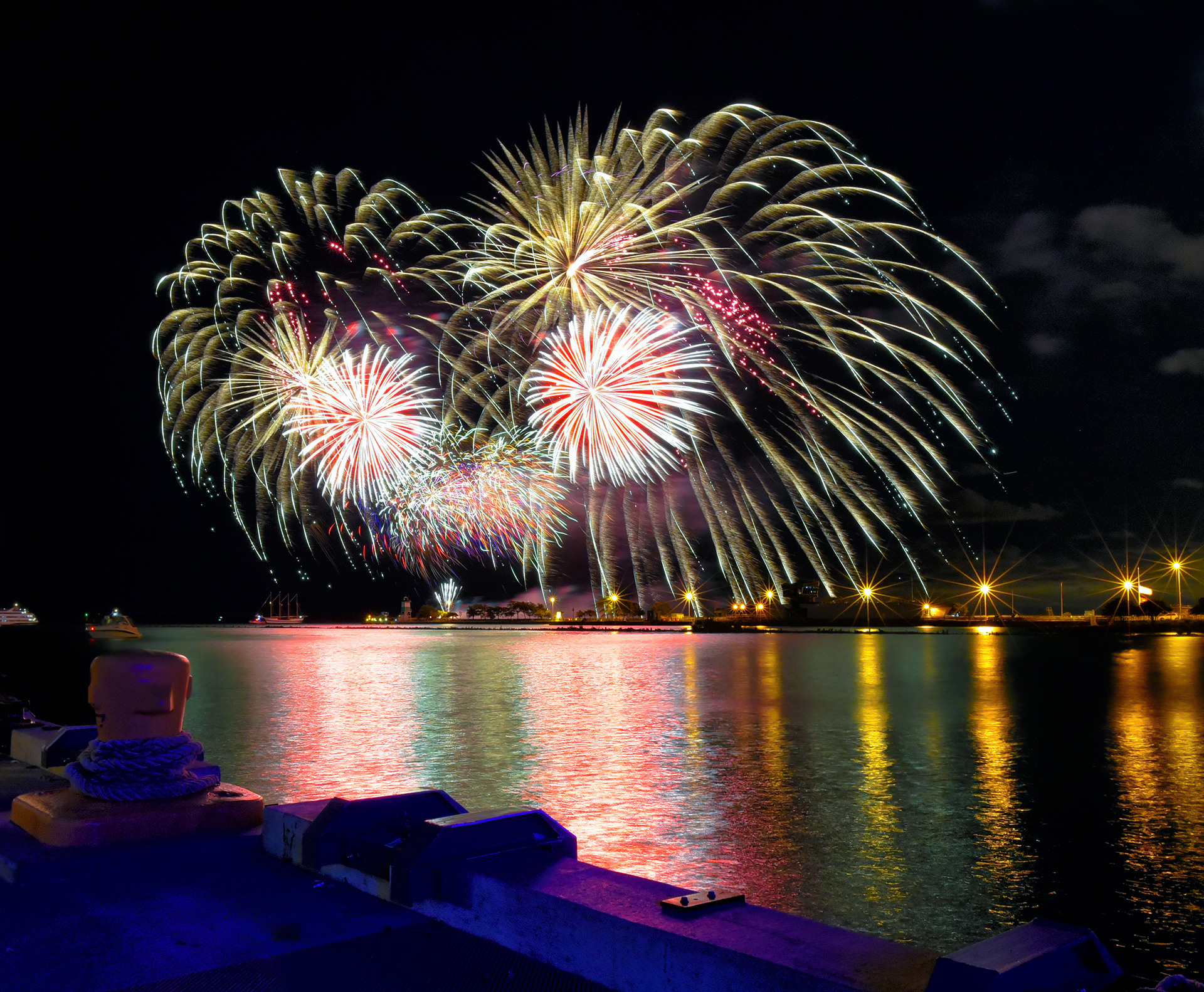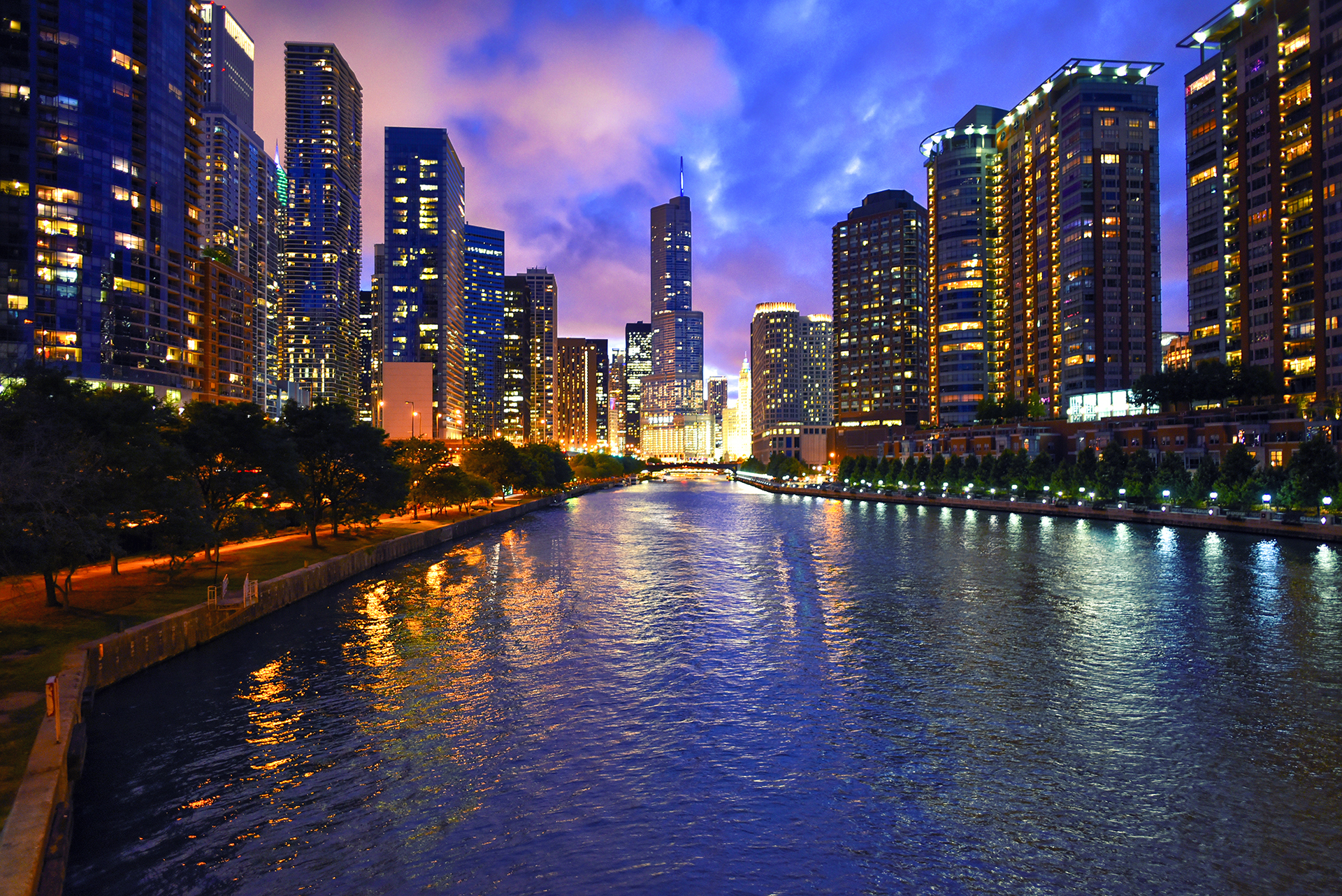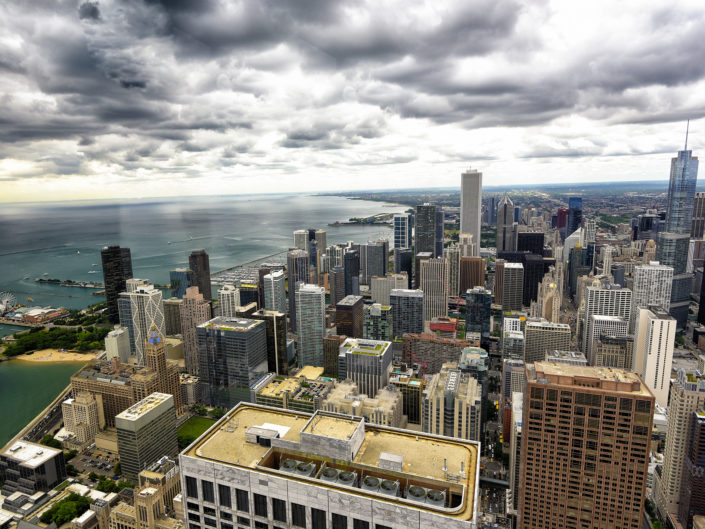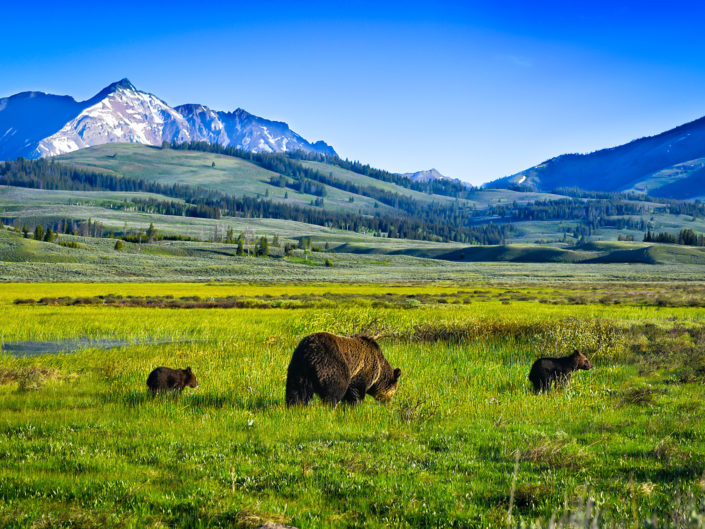Chicago, Illinois
• The Windy City
• Chi-Town
July – 2016
There’s no better time to visit Chicago than in the summer-time. With so much history and things to see and experience in this massive, beautiful city, it’s best served with sunshine and warmer temps. You spend alot of time outdoors walking and biking in Chicago. I flew to Chicago with family, the goal of the trip was to check out some of the popular Chicago destinations as well as get a little more history of the city. I’d like to say that was the primary goal, but the culinary drive was also a major factor. lol! I love to eat, and what better place to explore than Chicago? If you’re in the mood for Deep dish pizza, Pequod’s is your only stop.
The camera packed, I wanted to take advantage of the unique architecture this city has to offer. We took an architecture boat tour where we were taught who built/designed and the history on most of the cities staple buildings. This in my opinion is the best possible way to see the city, I highly suggest it! Another wonderful way to see Chicago is from the Signature Room Restaurant on the 95th floor of the John Hancock building. If you’re in Chicago, watching the Cubbies play at Wrigley field is another must to knock of the check list. So many great things to see in Chicago, excited to go back someday soon.
Chicago - The Windy City
Chicago is the third most populous city in the United States. With over 2.7 million residents, it is the most populous city in the state of Illinois and the Midwestern United States, and the county seat of Cook County. The Chicago metropolitan area, often referred to as Chicagoland, has nearly 10 million people and is the third-largest in the U.S.
Chicago was incorporated as a city in 1837, near a portage between the Great Lakes and the Mississippi River watershed. The city is an international hub for finance, commerce, industry, technology, telecommunications, and transportation: O’Hare International Airport is the second busiest airport in the world when measured by aircraft traffic.
In 2014, Chicago had 50.2 million international and domestic visitors. Chicago’s culture includes the visual arts, novels, film, theater, especially improvisational comedy, and music, particularly jazz, blues, soul, gospel and house music. It also has professional sports teams in each of the major professional leagues.
John Hancock Center
The John Hancock Center building has always been one of my favorite looking buildings. I like the simplicity to it, but love the X-brace exterior. We were lucky enough to enjoy dinner in the “Signature Room Restaurant” on the 95th & 96th floor. I’ve been to Chicago quite a few times, and dinning up top was one of my most favorite things I’ve ever done in Chicago. I suggest going at their first seating (this way you can walk around and see the view from every angle w/o disturbing people.)
History about the building:
The John Hancock Center is a 100-story, 1,127-foot supertall skyscraper at 875 North Michigan Avenue, Chicago, Illinois, United States. It was constructed under the supervision of Skidmore, Owings and Merrill, with chief designer Bruce Graham and structural engineer Fazlur Khan. When the building topped out on May 6, 1968, it was the second tallest building in the world and the tallest outside of New York City. It is currently the fourth-tallest building in Chicago and the eighth-tallest in the United States. When measured to the top of its antenna masts, it stands at 1,506 feet (459 m). The building is home to offices and restaurants, as well as about 700 condominiums, and contains the third highest residence in the world, after the Trump Tower in Chicago and the Burj Khalifa in Dubai. The building was named for John Hancock Mutual Life Insurance Company, a developer and original tenant of the building.
Design:
One of the most famous buildings of the structural expressionist style, the skyscraper’s distinctive X-braced exterior shows that the structure’s skin is part of its ‘tubular system’. This is one of the engineering techniques which the designers used to achieve a record height (the tubular system is the structure that keeps the building upright during wind and earthquake loads). This X-bracing allows for both higher performance from tall structures and the ability to open up the inside floorplan. Such original features have made the John Hancock Center an architectural icon. It was pioneered by Bangladeshi-American structural civil engineer Fazlur Khan and chief architect Bruce Graham.
The Navy Pier was celebrating it’s 100th Birthday while out there. The firework celebration was wonderful! They’ve recently added all new shops and boutiques as well as added a new ferris wheel for the anniversary.
History:
Navy Pier is a 3,300-foot-long (1,010 m) pier on the Chicago shoreline of Lake Michigan. It is located in the Streeterville neighborhood of the Near North Side community area. The Navy Pier currently encompasses more than fifty acres of parks, gardens, shops, restaurants, family attractions and exhibition facilities and is the top leisure destination in the Midwest, drawing nearly nine million visitors annually. It is one of the most visited attractions in the entire Midwestern United States and is Chicago’s number one tourist attraction.
The Navy Pier opened to the public on July 15, 1916. It was originally named “Municipal Pier”, the pier was built by Charles Sumner Frost, a nationally-known architect. The pier’s design was based on Daniel Burham’s “Master Plan of Chicago.”
Originally the Navy Pier was to be a dock for freights, passenger traffic and a space for indoor and outdoor recreation for the public. Many events were held at the pier, such as expositions, pageants and other types of entertainment. In the summer of 1918 the pier was also used as a jail for draft dodgers.
